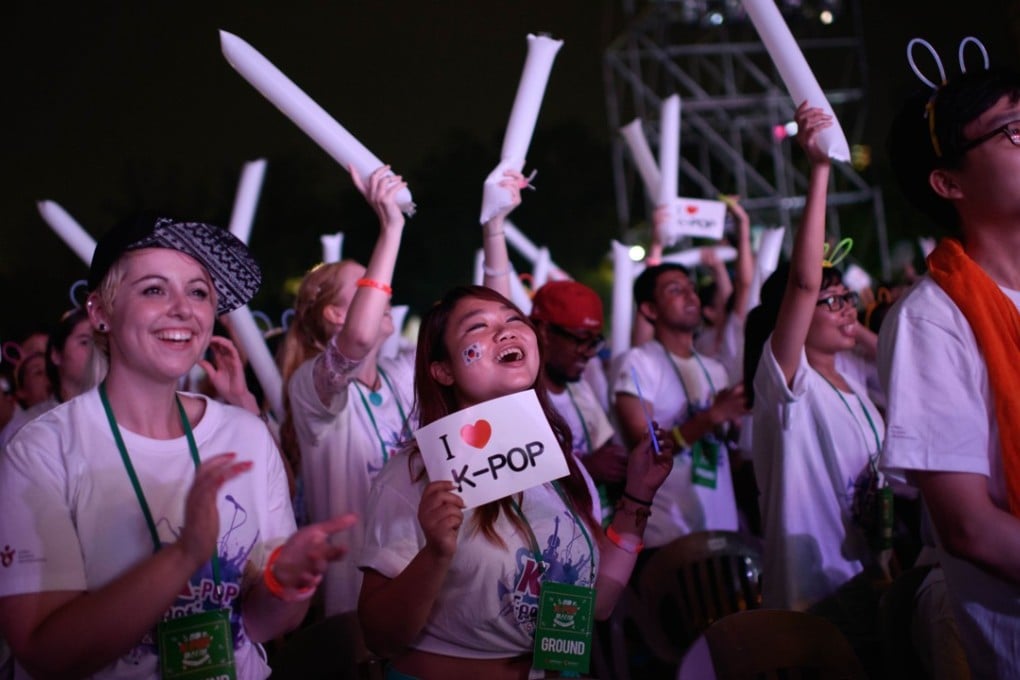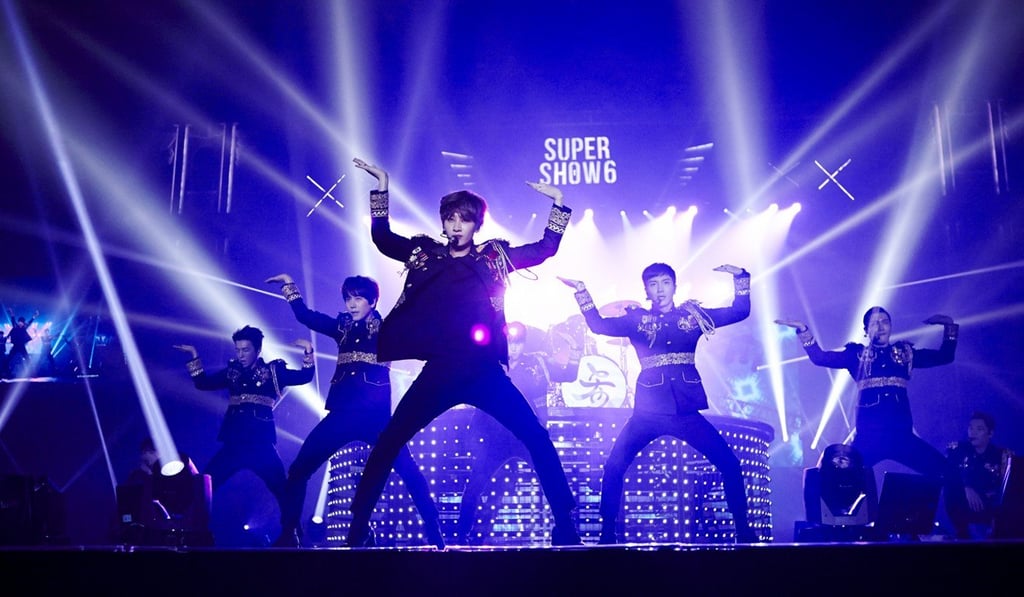The K-pop superfans who can make, and break, musical careers in South Korea
Koreans are used to seeing their music idols up close at meet-and-greet sessions and promotional events, but fans this invested can also turn on stars who transgress, and use the power of their wallets to bring them to heel

South Korea’s K-pop music is the unique product of a highly wired, tech-savvy society – one that sets fashion and beauty trends throughout Asia.
Its well-dressed, perfectly coordinated bubblegum girl groups and boy bands, such as Big Bang, Super Junior, Girls’ Generation, EXO and, more recently, BTS have global appeal, and have made K-pop one of the country’s biggest cultural exports.

In 2016, the industry was valued at US$4.7 billion, according to the Korea Creative Content Agency, a figure that is only expected to grow thanks to K-pop’s expanding consumer base. In the same year, the Korea Foundation, a diplomatic organisation under South Korea’s Ministry of Foreign Affairs, estimated there were more than 35 million K-pop fans around the globe, an increase of more than 60 per cent from 2014.
BTS pave way for K-pop golden age in US, achieving what Psy and Wonder Girls failed to accomplish
Over the years, the K-pop fan base has become a major component behind the success of Korean idol groups both domestically and internationally. Fans have rallied in their millions to support and follow the trajectory of their favourite stars.